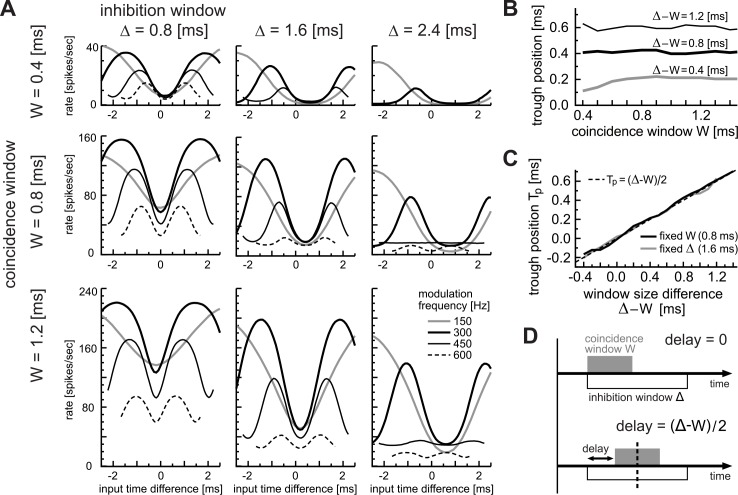Fig 12. Effects of window parameters on binaural temporal coding.
A: Combined effects of coincidence window W and inhibition window Δ. Phase-tuning curves for simulated AM inputs at 150, 300, 450 and 600 Hz are shown. Input phase differences (abscissa) are converted into milliseconds to facilitate comparison across frequencies. Different rows and columns correspond to different widths of the coincidence window W (0.4, 0.8, and 1.2 ms) and inhibition window Δ (0.8, 1.6, and 2.4 ms), respectively. B: Dependence of trough positions on covaried coincidence window W and inhibition window Δ. These window parameters were varied while their difference Δ-W was fixed at 0.4, 0.8 or 1.2 ms. C: Dependence of trough positions PT on the window size difference Δ-W. Either of the window parameters was fixed at the default value (black: W = 0.8 ms; gray: Δ = 1.6 ms), while the other parameter was varied. The dotted diagonal line shows a slope of 0.5 (i.e., PT = (Δ-W)/2). In B and C, the input modulation frequency was fixed at 300 Hz. D: Schematic drawing of how the inhibition window interacts with the coincidence window.

